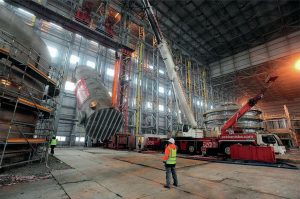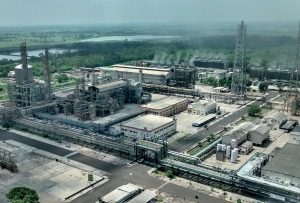
Sulphuric Acid News Roundup
The Jordan Phosphate Mines Company (JPMC) has signed a supply agreement with Germany’s LUMA-International Company.Under the terms of the agreement, JPMC will sell 850,000 t/a of phosphate rock to the German company at international market rates. The agreement was signed by JPMC CEO Abdulwahab Rawad and managing director of LUMA-International Ralf Keller, in the presence of JPMC Chairman Muhammad Thneibat. Thneibat expressed hope that the deal would open wider scopes of cooperation between the JPMC and German companies in the field of phosphate fertilizers, and Keller likewise said that his company was looking forward to more cooperation with the JPMC and new partnerships to produce phosphoric acid and phosphate fertilizers.







